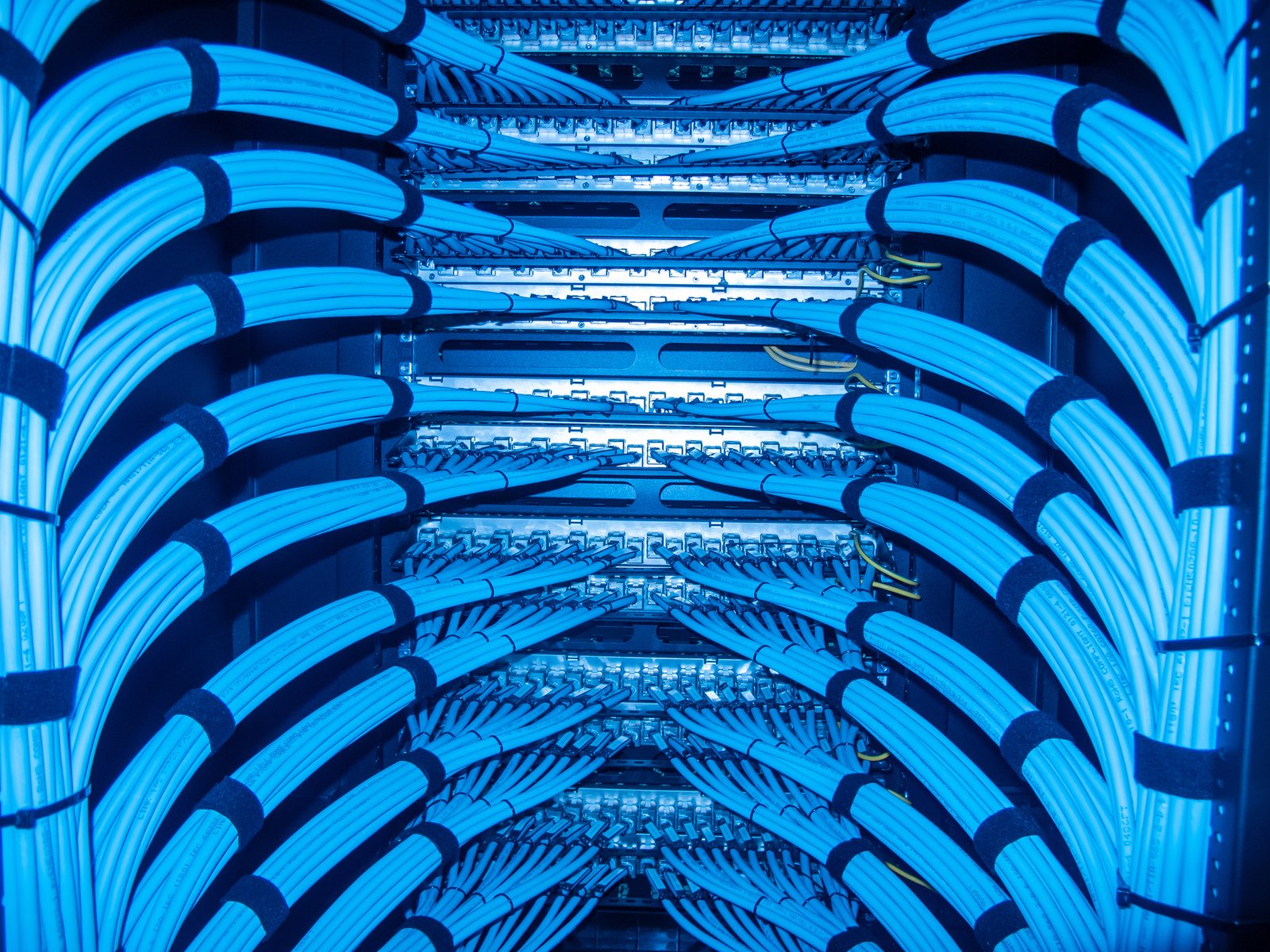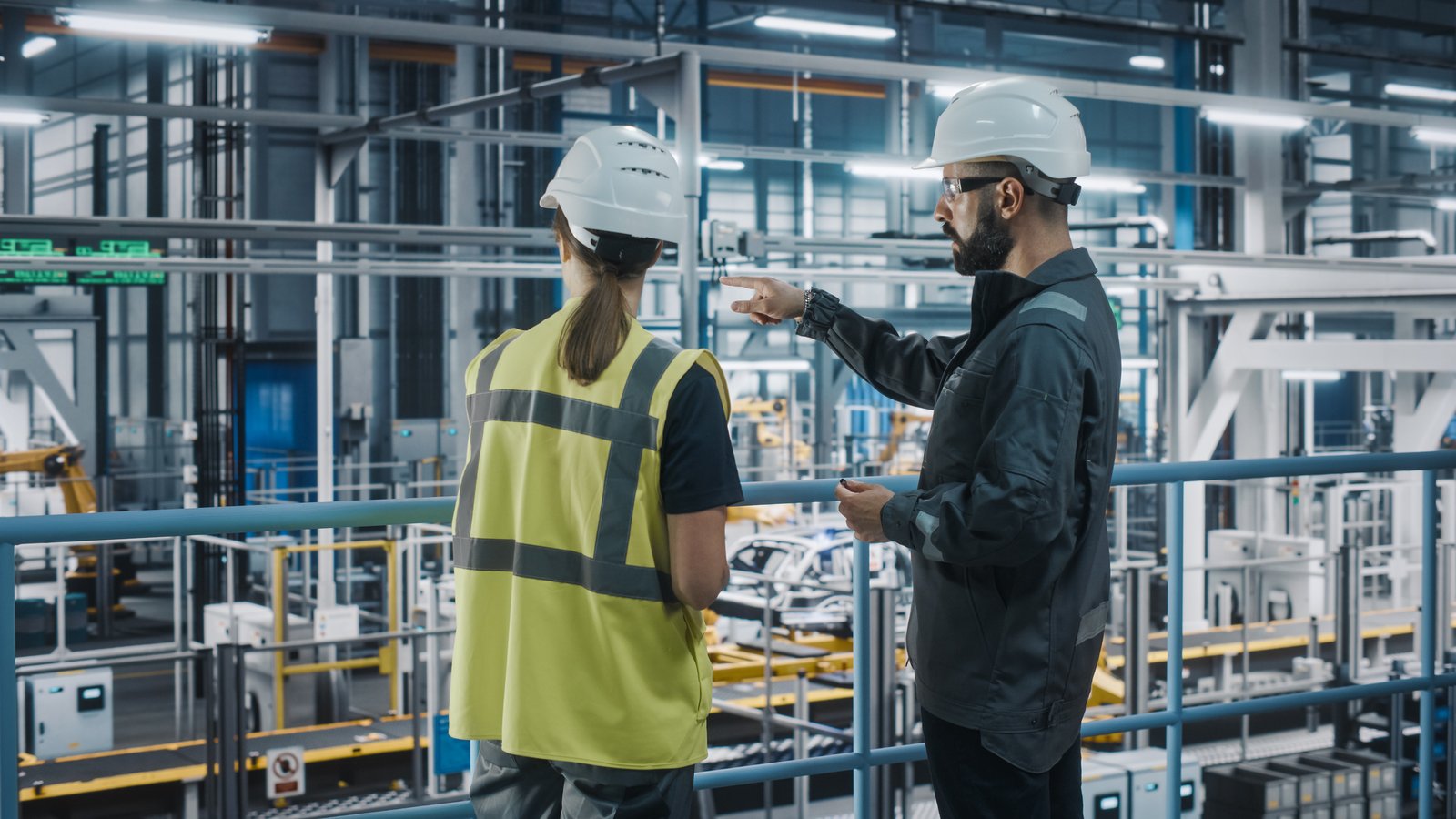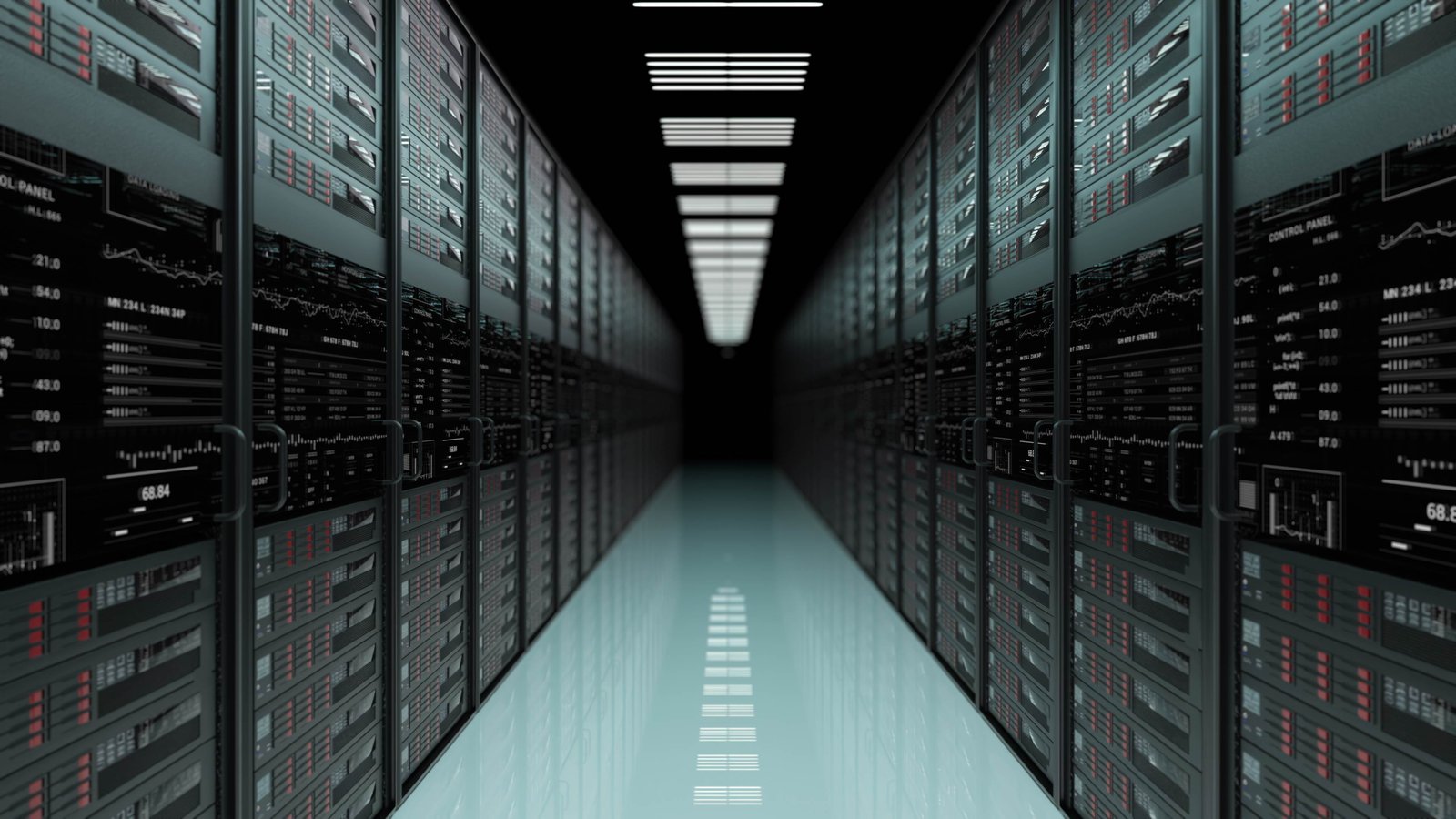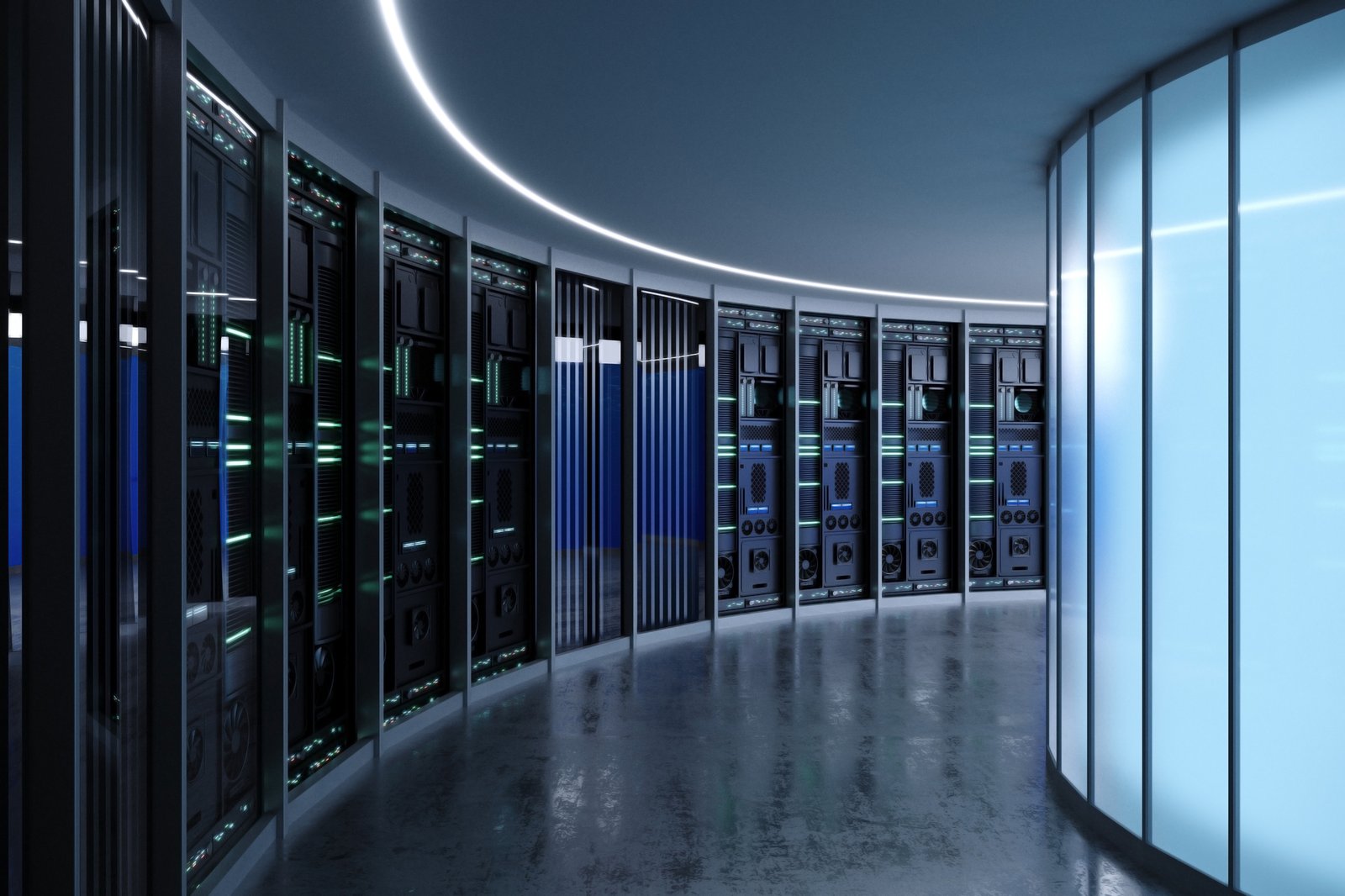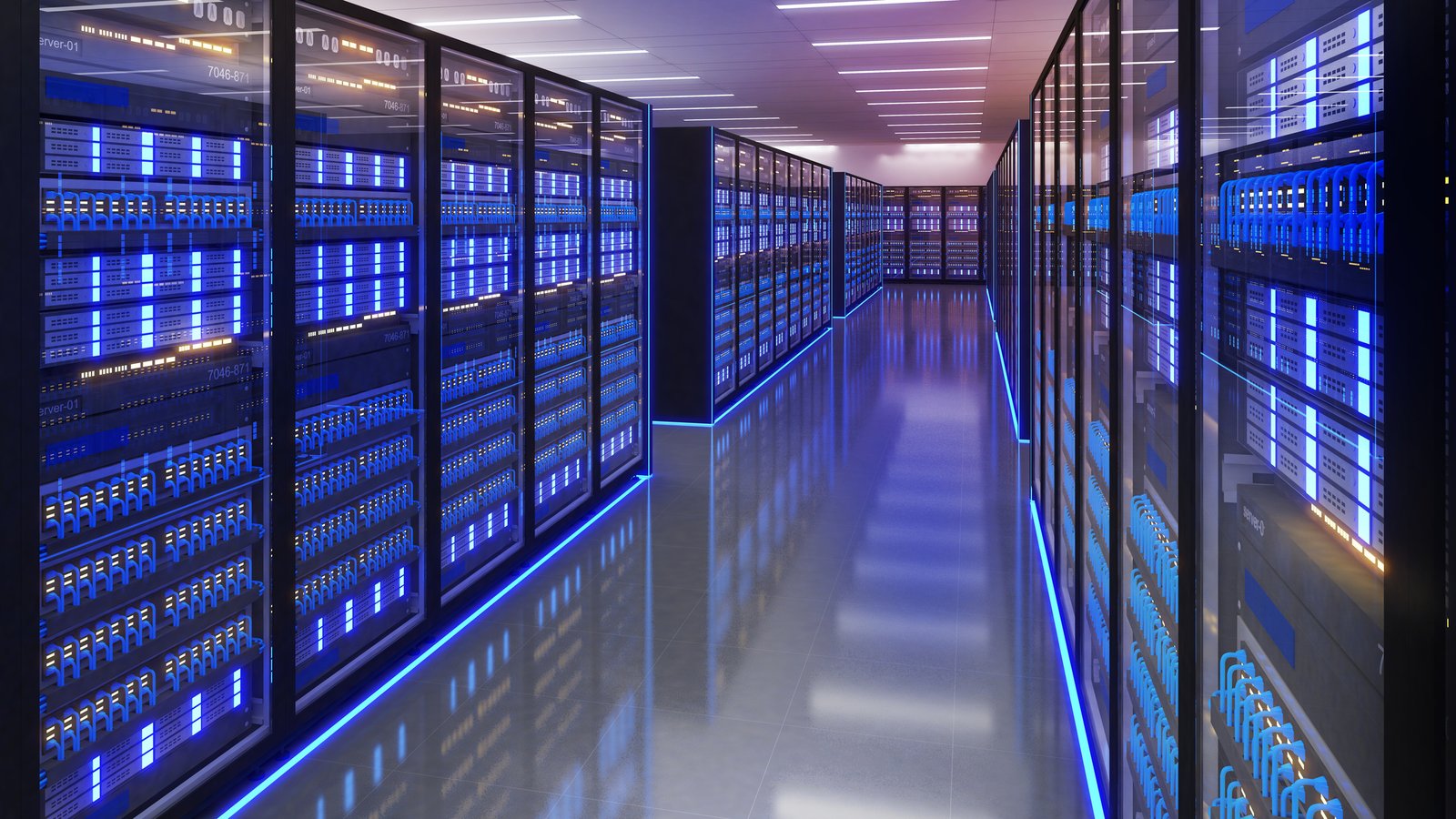The unprecedented pace of digital transformation since the pandemic started may have many CIOs nodding wistfully at those “Life Comes at You Fast” and “Wanna Get Away” commercials.
After all, McKinsey & Company estimated that in just a matter of months at the onset of the pandemic in 2020, digital offerings leapfrogged seven years of progress. The pace has hardly slowed down since, though some are taking a slight breather this summer to take stock of their digital infrastructure and ponder the future of data centers.
“Digital transformation efforts -- which moved at a frenetic pace over the past two years -- are showing signs of slowing. Corporate cultures can only absorb so much change all at once,” writes Joe McKendrick inZDNet. “Plus, legacy technology and data integration are two sore spots that are putting the brakes on things. These factors can hold back digital transformation efforts by weeks and even months.”
Digital Transformation is No Longer a Choice
A Workday survey of 1,150 senior business leaders in North America, Europe, and the Asia Pacific region across 13 industries found that only 42 percent felt confident in their teams’ ability to adopt cloud technologies without legacy constraints.
"Digital transformation is no longer a choice – it's necessary to keep pace in today's changing world. Yet, as the study shows, there's an acceleration gap organizations need to address to help ensure their digital journeys keep pace with the growing and evolving demands of their business," said Pete Schlampp, chief strategy officer, Workday.
That workday study also found that:
- 50 percent of the IT leaders are struggling to keep pace with service upgrades as part of legacy technology
- 59 percent said it could take week or months to change an automated business process
The ability of CIOs to guide their organizations on this digital transformation could help make or break their businesses.
“Today’s CIOs – from all types of companies – are on an accelerated digital transformation journey,” writes global colocation data center giant Equinix CIO Milind Wagle. “They realize their ability to dynamically deploy and consume the right digital infrastructure, securely and sustainably, will be the primary basis of competitive advantage in the future.”
Cloud Strategy: A Make-or-Break Priority
McKinsey Digital surveyed CIOs before 2022 and found that one of the make-or-break priorities for this year was putting cloud at the center of their tech strategies.
“Most companies we know are well into their cloud journeys and understand notionally that the cloud offers a big opportunity. But many are struggling to capture the full value cloud offers,” wrote Aamer Baig for McKinsey Digital. “As in the adoption of any new technology, of course, hiccups are inevitable. But the fundamental issue is that companies are looking at the cloud as a source of IT productivity improvements rather than as a source of transformative value—which is more than $1 trillion, by our calculations.”
McKinsey Digital says that CIOS have a crucial role in getting their organizations to realize the following from cloud enablement or acceleration:
- New businesses
- Innovative practices
- New sources of revenue
“CIOs need to master cloud economics and target business areas that can benefit from cloud’s advantages of speed, flexibility, and scale,” wrote Baig. “As importantly, they need to consider how to make the large-scale changes to IT’s operating model that are needed to build the capabilities to generate new value.”
Defining the Future of Data Centers is Crucial
Getting a grasp on the future of data centers could be the key that unlocks organizations to reach their full IT potential.
“According to IDC, by 2023, digital infrastructure will be the underlying platform for all IT and business automation initiatives anywhere and everywhere. Such a platform needs to enable the frictionless exchange of data and operations across ecosystems from edge to core,” wrote Wagle.
Wagle sees the following tenets in the future of data centers:
- Hybrid multicloud will become the predominant architecture in application modernization and infrastructure service delivery.
- Artificial Intelligence and machine learning (AI/ML) will increase in sophistication as enterprises demand infrastructure and applications that are operationally self-resilient.
- Security will no longer be an afterthought, as enterprises will assume that digital infrastructure services are secure by design and configurable through software.
- Sustainability will be an expectation for every business.
Making 4 Predictions for the Future of Data Centers
Given the above basis for changes to data centers over the next decade, Wagle quizzed IT thought leaders and they came up with four digital infrastructure predictions in the coming years:
- Overcoming Hybrid Multicloud Complexity Will Dictate Digital-First Success: Digital leaders who overcome cloud, data, and ecosystem complexity through automation, AI/ML, APIs, and edge services will gain a significant competitive advantage. Leanne Starace, SVP, Global Solution Architects sees:
- Cloud automation will accelerate digital infrastructure consumption: cloud automation that leverages AI/ML-enabled cloud services will significantly reduce the management overhead and costs of public cloud infrastructure and operations.
- Connected cloud ecosystems will ramp up infrastructure agility: Working with an interconnected ecosystem of diverse cloud service providers will help unlock advanced use cases and new sources of business value.
- AI/MI at the Edge Will Power 5G and IoT: Information from autonomous vehicles, drones, surveillance cameras and medical IoT devices will require real-time AI/ML model inferencing at the edge. Kaladhar Voruganti, Senior Fellow with the Office of the CTO sees:
- Data control and governance needs will give rise to AI marketplaces: Organizations will increasingly need to leverage external data (i.e., form public clouds, data brokers, IoT devices) to build more accurate AI/ML models.
- Federated and wafer-scale AI will enable next-generation scalability: Data gravity, latency, and privacy will shift AI architectures from a centralized model to a distributed one, making distributed AI orchestrators and control planes the norm.
- New Trust Models Will Top the Cybersecurity Agenda: Companies will continue to embrace cloud services and extend traditional network boundaries to employees and partners that are essential to building digital advantage. Michael Montoya, Chief Information Security Office, Equinix sees:
- Converged security and zero trust will increase the difficulty and cost to attackers: Breaking down silos and establishing converged cybersecurity environments will be a top priority for CIOs as organizations extend their digital footprint.
- Governments will take a more active role in cyberattack offensive measures: Increased government collaboration with businesses on cyberattack issues has the potential for good, it also raises the risks of increased regulation making it increasingly complex for companies to operate.
- Business Worldwide Will Move to Net-Zero: Green initiatives are now foundational for success in public and private organizations worldwide. David Hall, Fellow Technology and Architecture with the Office of the CTO sees:
- Sustainability and technology innovation will merge: IT organizations are rethinking their operational policies, innovating their product designs and optimizing their supply chain partnerships with business, technology and strategies that align with their sustainability goals.
- The industry is committed to net-zero; within the decade, data centers will be powered by 100 percent renewable energy: Advances in prime clean and renewable energy sources/stores such as fuel cells and green hydrogen are further accelerating the path to grid positivity.


